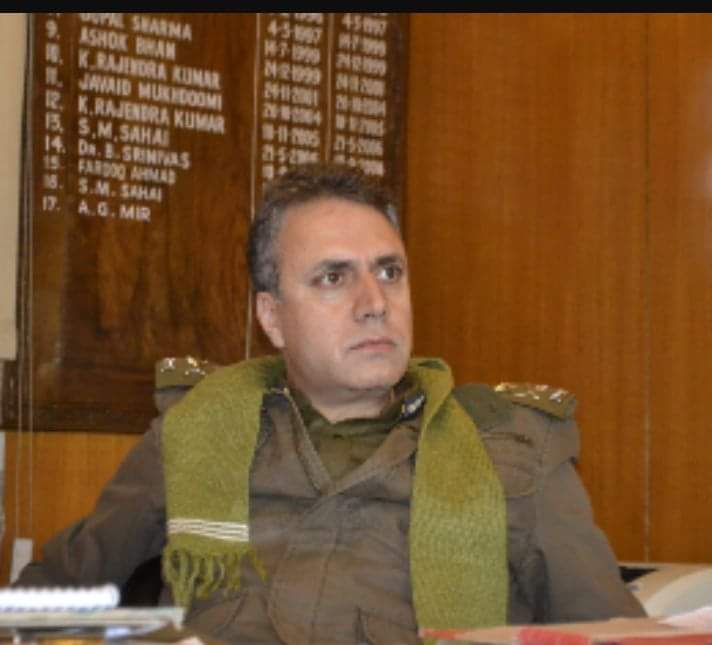By Pooja Pandita
Jammu, July 9: In the early ’90s, when Kashmiri Pandits started leaving their ancestral homes due to the onset of an armed insurgency, who could have believed that after 30 years, they would still be practically homeless and be living in two-room flats provided by the government.

Avinash Pandita was seven years old when his family decided to leave Kashmir and relocate to Jammu. They moved from place to place without permanent residence and then finally settled in a room provided by the government at Purkhoo, which became one of the largest refugee camps for Kashmiri Pandits in Jammu. The family of six lived in a one-room set with no kitchen and bathroom facility. Pandita remembers how his father had recently built a house in Handwara, in Kashmir, before migration. All his childhood was spent in that one-room along with his family, like the majority of Kashmiri Pandits, who had to flee from the Valley.

“While growing up it was very tough for us to start living our lives in a different place, which was not in any way similar to Kashmir,” adds Pandita. He also recollectshow his grandfather couldn’t bear the loss of leaving Kashmir and slipped into depression. The Pandita family lived in Purkhoo from 1994 to 2011. After living in Purkhoo for more than two decades, Kashmiri Pandits were once again shifted to newly-constructed two-room tenements in Jagti Township on the outskirts of Jammu city.

While one will think now Purkhoo has no relation with internally displaced Kashmiri migrants. The people from another camp which was situated in Battal Bali Udhampur were shifted to these two-room tenements. These buildings were made in 2008 and are now home to more than 300 Kashmiri Pandit families.

The identity of Kashmiri Pandits is now limited to its food and solemn occasion. The post-migration generation is more versatile in speaking many languages but fumbles to speak its own mother language. While the land holds great meaning to its aboriginal people, the cultural dilution is evident.

One has to travel 28 km to reach Jagti from Purkhoo but for Kashmiri Pandits, this transition took 20 years to rehabilitate them in Jammu.
At present, more than seven thousand families are living in the Jagti township. With the support of the administration, life in Jagti is at ease. People living there complained of the low standard health infrastructure provided in the vicinity. In addition to this, no regular water supply is another problem for them. While these problems look very inconsequential in today’s times. A good administration can address all these problems.

Boba (42) who has recently married a woman of another community is living in one of the blocks of Jagti township. He has shared how the exodus made it difficult for him to get married. He is an unemployed person who takes contract-based jobs for his livelihood, reminiscing about the time when he was a farmer back in Kashmir. He spoke. “Being in Jagti is far better than living in those camps where every day was an ordeal.” He thinks while the government has slowly taken many steps to rehabilitate them, the selective killing of Kashmiri Pandits still happening in Kashmir makes it difficult for them to return.
In the other block, an old woman named Chuni-Jigri has recently lost her husband and is now living alone in her apartment. She said.” We are such unfortunate people that we have now become estranged from Kashmir”. She also stated that there was a joint family system in Kashmir and generation after generation will dwell in one big house. But this tradition, like many other traditions, couldn’t survive in the extreme summers of Jammu.

The community welfare groups demand a separate homeland in Kashmir. With a similar pattern to Jagti, they want to have a township to rehabilitate in Kashmir. The minority Kashmiri Pandits who call themselves an aboriginal of Kashmir are now limited and restricted to townships.







